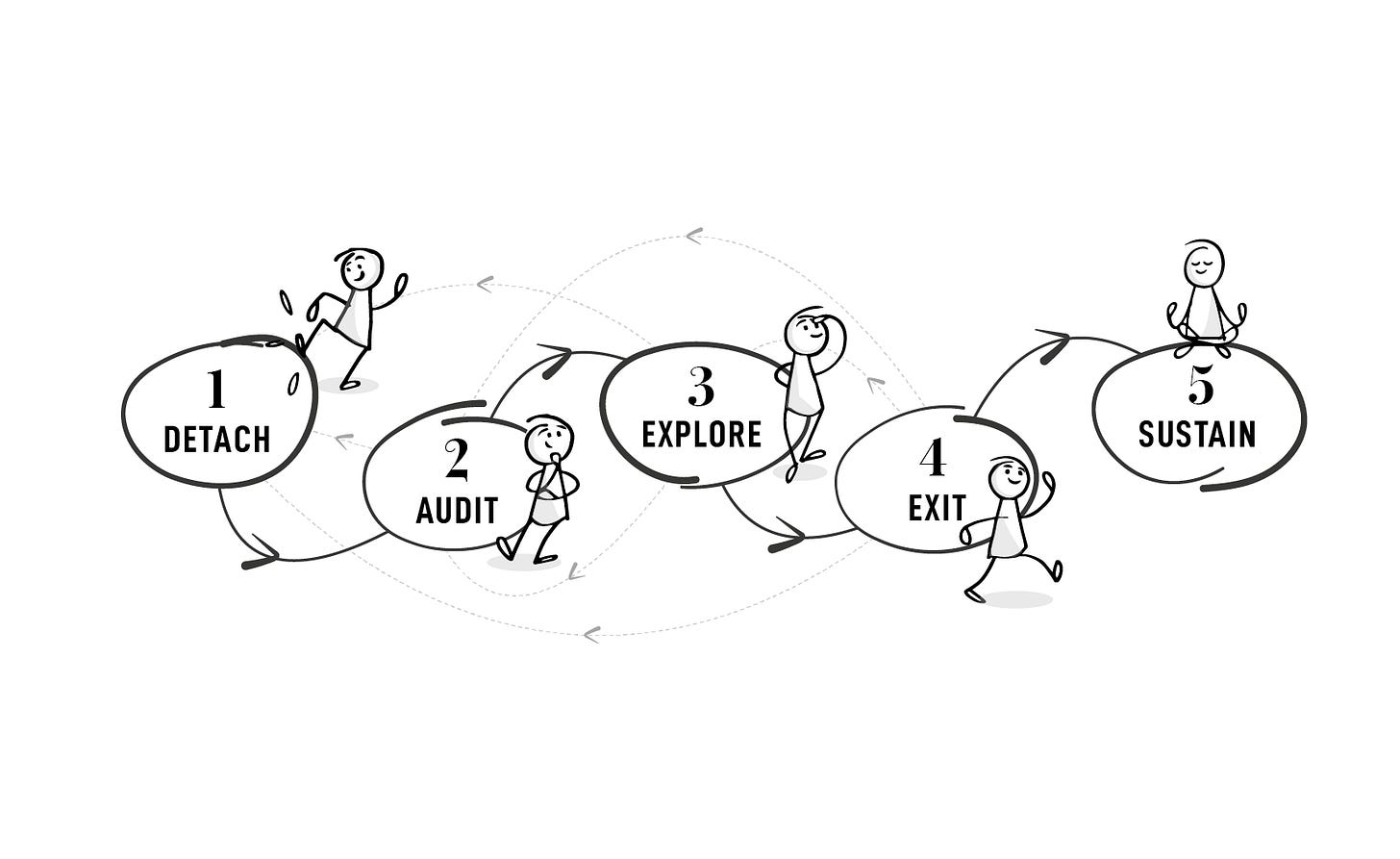Building a bridge
I was asked to be a guest speaker for LHH, the outplacement experts, this week for 60 execs exiting their firms.
Super senior folks from pharma, banks, energy, manufacturing. All processing their enforced exits. Most won’t have volunteered to leave; they’ve found themselves ‘in scope’.
I work with a lot of individuals going through this but seeing them en masse was something new.
And I couldn’t help but feel what a terrific waste of talent sat before me. Especially as we all know it won’t be too long before those same firms making the redundancies will be on a hiring spree, as they realise they’ve cut too deep or once the outlook brightens.
Of course getting rid of some deadwood can be a good thing. And from my interactions with some of them before, during and since, I know many are seeing redundancy as an opportunity to use their talent to make a change.
And it can be. Especially if cushioned with a payout that enables some time and space to think about what they really want.
I asked various questions during the talk and observed that one prominent theme was that people have an idea or two, for what they want to do next, but they don’t know how to get there. It seems too far. Like looking over one cliff edge across to another. With a fatal drop in between.
It’s understandable of course. The cliff we’re on, even if it’s crumbling or not even that nice anymore, is still something known, understood, lived.
Is the other side what it seems? Is it even real? Can it ever be reached by (people like) us?
I hope my book will help them build a bridge to the other side. That the exercises I took them through to help them formally detach from their career, properly audit their complete offer, as well as understand what they’re looking for from a path less conventional, a path as yet untrodden, untested.
It’ll take time. We’re all impatient. I know from my group coaching calls that people want clarity, certainty, income much sooner than it’s likely to arrive.
There’s a lot to unpick.
A few people said to me that they’d reach Stage 4 of the Escape Method because they’d already exited, but now felt like they need to go back to Stages 1-3. And the chances are they will – if they want to avoid rebounding to the first broadly comparable job they see on Linkedin at the first sign of trouble.
But if we want to do something different with our lives, detaching, then auditing ourselves and exploring options more expansively and experimentally is what we need to do. That’s what I’ve learnt for myself – and I’ve learnt from others who’ve already trodden this path.
If you need help to build a bridge to your new future or you want to work through these stages a bit faster than the book, take a look at different ways to work with me – starting with a 20 minute call to understand what you need.




